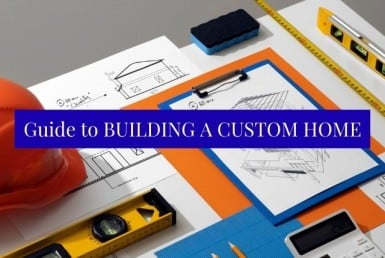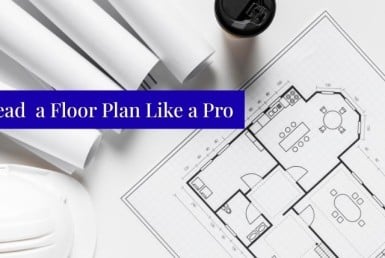The Hidden Costs of Homeownership—And How to Avoid Them
Buying a home is one of the biggest financial decisions most people will ever make. While the sale price and mortgage are obvious costs, many new homeowners are surprised by hidden expenses that can quickly add up. From high utility bills to unexpected maintenance, these costs can impact your budget—and your comfort—if you’re not prepared. Here’s what to watch out for, and how to avoid them.
1. Energy Bills That Keep Climbing
One of the most common hidden costs of homeownership is your monthly energy bill. Heating and cooling make up the largest portion of energy use in most homes. If your home is not energy efficient, you’ll pay more every month—often hundreds more per year—than necessary.
Older homes or those built to only meet minimum building code standards typically lack proper insulation, have leaky ductwork, and include inefficient appliances or windows. These issues can cause your HVAC system to work harder than it should, driving up your energy use.
2. Poor Insulation and Air Leaks
Many homeowners don’t realize how much insulation—or the lack of it—impacts their comfort and their wallet. Poorly insulated walls, roofs, and attics let conditioned air escape and allow outdoor temperatures to creep inside. Air leaks around windows, doors, and plumbing penetrations also contribute to drafts and moisture problems, leading to discomfort and higher energy bills.
The cost of fixing these issues later—adding insulation, sealing air leaks, or replacing inefficient systems—can be significant. It’s far better to invest in a well-built home from the start.
3. Built to Minimum Code Isn’t Built for High-Performance
Just because a home is “code compliant” doesn’t mean it’s built for long-term performance. Minimum code is just that—the lowest level of quality a home can legally have. These homes often meet the basics for structure and safety, but they don’t go above and beyond in terms of energy efficiency, comfort, or durability.
Over time, that can mean higher repair and utility costs, more frequent equipment replacements, and a less comfortable living environment.
4. How to Avoid These Hidden Costs
The best way to avoid surprise expenses is to invest in a verified high-performance home. These homes are inspected during construction and tested upon completion by independent licensed energy raters to meet standards well above minimum code.
Choose a BUILT TO SAVE® certified Builder
For a list of certified BUILT TO SAVE® builders, you can visit www.BuiltToSave.org
Programs like ENERGY STAR® and BUILT TO SAVE® certify that a home has better insulation, tighter construction, high-efficiency heating and cooling systems, and proper ventilation. Not only does this mean lower utility bills, but also a more comfortable, durable, and healthier home.
Before buying, ask the builder if the home is ENERGY STAR® or BUILT TO SAVE® certified. Request third-party verification reports and energy rating scores. These are your proof that the home was built to perform—and to save you money.
Bottom line: A home that looks good on the outside can cost you thousands more in hidden expenses if it’s not built right. Ask the right questions, choose a high-performance home, and enjoy lower bills, fewer surprises, and peace of mind for years to come.
New Homes Guide Magazine
The latest new home trends, up-and-coming neighborhoods, and more.
© RGV New Homes Guide, 2023. Unauthorized use and/or duplication of this material without express and written permission from this site’s author and/or owner is strictly prohibited. Excerpts and links may be used, provided that full and clear credit is given to RGV New Homes Guide with appropriate and specific direction to the original content.





